#central massachusetts
Photo

Bird's Eye View of Athol, Massachusetts (1887)
#map#maps#cartography#vintage map#massachusetts#athol#athol massachusetts#1887#bird's eye view#central massachusetts#central mass
2 notes
·
View notes
Text
New England Photography of Historic Landmarks and Natural Wonders
Photography of New England’s historic landmarks and natural wonders is my calling. I love chasing the light throughout my home state of Massachusetts, and also in the neighboring states of Maine, New Hampshire, Vermont, Rhode Island and Connecticut. I find endless creative inspiration and beauty here.
New England is renowned for its stunning fall foliage and autumn colors. During the fall…

View On WordPress
#Acadia National PArk#acrylic#American history#American Revolution#artworks#Bash Bish Falls#beacon of hope#berkshires#biking#boating#Boston#Boston Bruins#Boston Celtics#Boston Red Sox#buildings#canvas#Cape Ann#cape cod#Cape Cod Bay#central massachusetts#churches#colonial architecture#connecticut#Country#Countryside#Covered Bridges#Cranberries#fall foliage#fan#fan base
0 notes
Text

Jenny Holzer, Selection from Truisms, Painted Billboard, Installation, Central Square, Cambridge, Massachusetts, 1987
#art#design#Jenny Holzer#truisms#slogans#advertisement#billboard#it is man's fate to outsmart himself#saying#sign#painted billboard#installation#central square#cambridge#massachusetts
150 notes
·
View notes
Text

South Station Arrival
Just about a year into the absorption of the New Haven by Penn Central you would never know it by this three car RDC train arriving at South Station this Christmas Eve. For some reason, as evidenced by the missing semaphore blades, some of the trackwork has been rendered inoperative or has been removed.
Photographed by Ron DeFilippo, December 24, 1969.
#commuter train#pc#penn central#nynh&h#new haven railroad#1969#boston#trains#passenger train#history#boston south station#massachusetts#christmas eve
27 notes
·
View notes
Photo

Local freight
NYC HH660 801 crossing the Cottage Farm Bridge in Allston, Mass.
Photographed by Leroy C.Hutchinson, February 9, 1949.
33 notes
·
View notes
Text

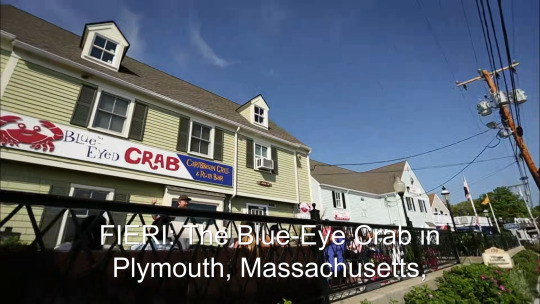


[That is a righteous sandwich. FIERI: The Blue-Eye Crab in Plymouth, Massachusetts, may be in the heart of tourist central, but that doesn't stop the locals]
#s23e13 isle-talian#guy fieri#guyfieri#diners drive-ins and dives#the blue-eye crab#righteous sandwich#tourist central#fieri#plymouth#massachusetts#heart#locals
5 notes
·
View notes
Photo
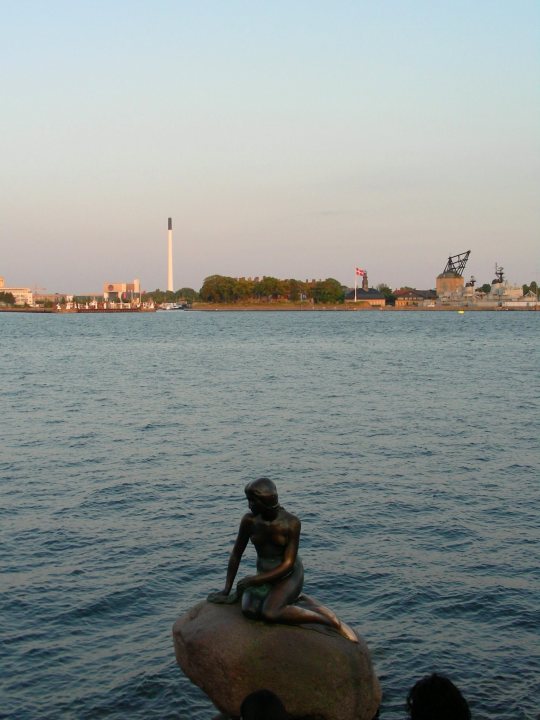
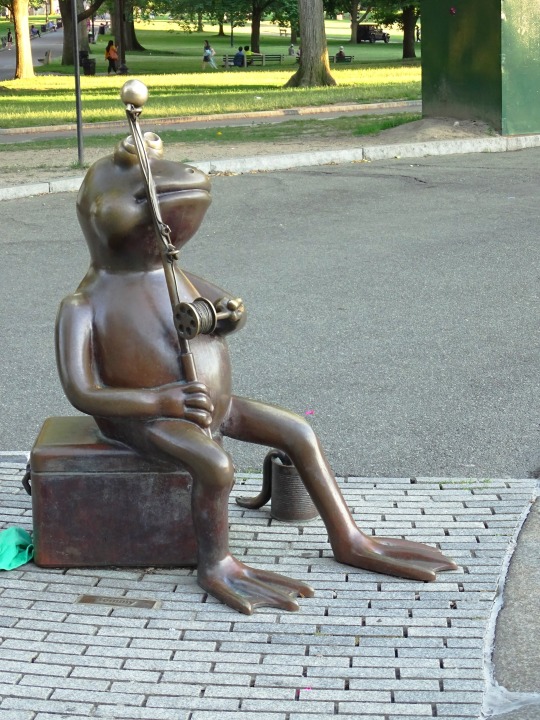
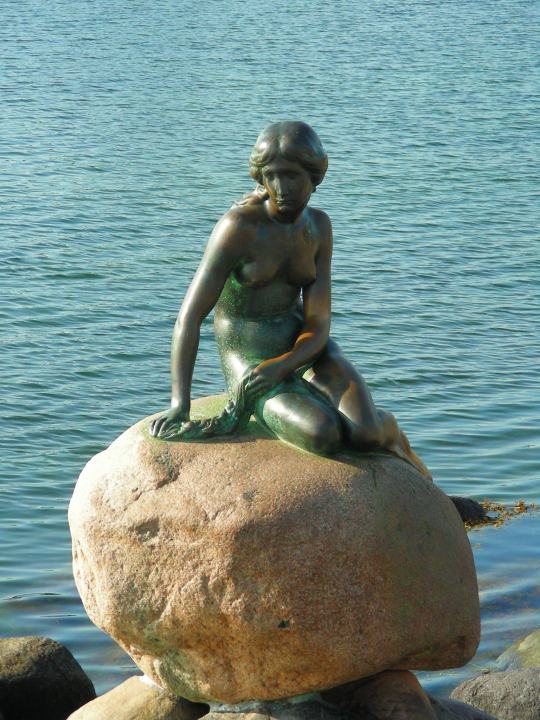
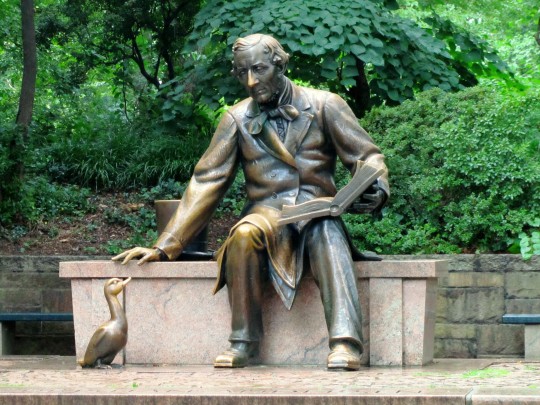


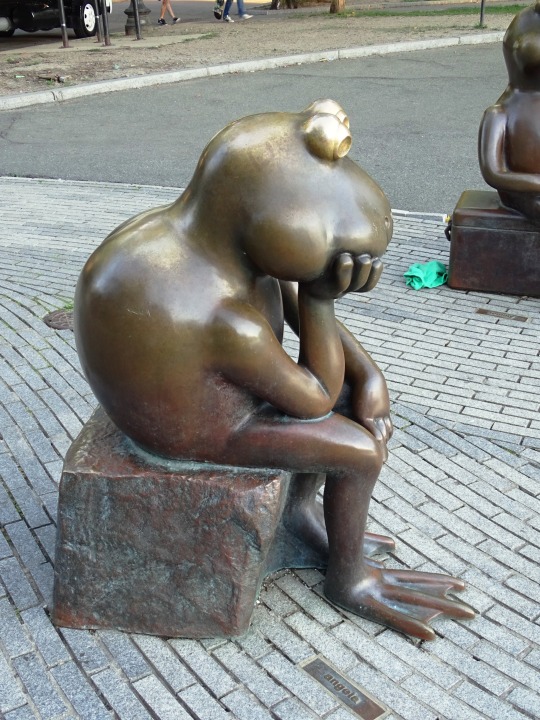
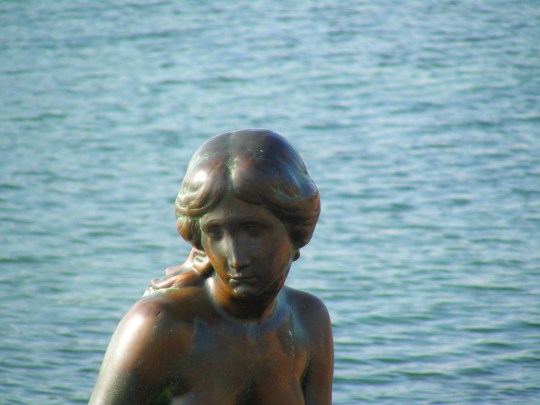


The first installment of Hans Christian Andersen “Fairy Tales” published by C. A. Reitzel in Copenhagen, Denmark on May 8, 1835.
#The Little Mermaid by Edvard Eriksen#Copenhagen#København#Denmark#Hans Christian Andersen by Georg John Lober#Central Park#Manhattan#USA#New York City#Boston#Massachusetts#summer 2006#2013#2018#travel#David Phillips#Boston Common#cityscape#sculpture#Hans Christian Andersen “Fairy Tales”#published#8 May 1835#anniversary#Danish history#Hans Christian Andersen#author#tourist attraction#landmark#original photography
8 notes
·
View notes
Text

#central falls#pawtucket#natural hair#i love my locs#long locs#boston massachusetts#Sunday stroll in Downtown Pawtucket RI.
0 notes
Video
youtube
At the shore of the Quabbin Resevoir from Goodnough Dime
0 notes
Text
Neha Narula: La evangelista de las criptomonedas en el Senado de EE. UU.
¿Quién es Neha Narula?
Neha Narula es una investigadora del Instituto Tecnológico de Massachusetts – MIT que se ha convertido en una voz líder en el mundo de las criptomonedas. Su charla Tecnología, Entretenimiento, Diseño / TED de 2016 sobre el futuro del dinero la catapultó a la fama, y desde entonces ha sido invitada a hablar en eventos de todo el mundo, incluido el Senado de los Estados…

View On WordPress
#@Techtulia#banco central (CBDC)#Bitcoin#Blockchain#Cesar Vilchez#Ciber Seguridad#cripto#criptomonedas#Crypto#Data#diseño#DLT#ebusiness#entretenimiento#ETH#Innovation#Instituto Tecnológico de Massachusetts - MIT#JjMiranda#Labs#Minerva Sejo#moneda digital#Neha Narula#NTT#NTTDATA#PeruPaisDigital#PNTD#Rubrik#Sergio_C.#SPPrensa#Sumac Kukuly
0 notes
Text
A series of unfortunate Events or Recreating Don Quixote Or The miseducation of Nick Christian
What colleges have you attended?
The timeline:
The University of New Mexico (05-08) – Failed Out … Twice
Central New Mexico Community College (09) walked in the cafeteria one day to come across…
The Walt Disney World College Program (09-10… sort of)
Central New Mexico Community College (10-11) A.A. Liberal Arts
Bridgewater State University (12-13) – Technically failed out, but had already…
View On WordPress
#bloganuary#bloganuary-2024-03#Bridgewater State University#BSU#Cape Cod#Central New Mexico Community College#CNM#college#dailyprompt#dailyprompt-1806#Florida#Massachusetts#New Mexico#SNHU#Southern New Hampshire university#The Walt Disney World College Program#University of New Mexico#UNM#Walt Disney World
0 notes
Photo
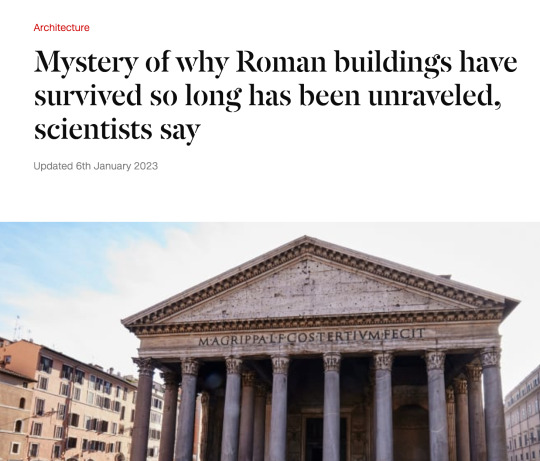
Mystery of why Roman buildings have survived so long has been unraveled, scientists say (Katie Hunt, CNN, Jan 06 2023)
“Roman concrete, in many cases, has proven to be longer-lasting than its modern equivalent, which can deteriorate within decades.
Now, scientists behind a new study say they have uncovered the mystery ingredient that allowed the Romans to make their construction material so durable and build elaborate structures in challenging places such as docks, sewers and earthquake zones.
The study team, including researchers from the United States, Italy and Switzerland, analyzed 2,000-year-old concrete samples that were taken from a city wall at the archaeological site of Privernum, in central Italy, and are similar in composition to other concrete found throughout the Roman Empire.
They found that white chunks in the concrete, referred to as lime clasts, gave the concrete the ability to heal cracks that formed over time.
The white chunks previously had been overlooked as evidence of sloppy mixing or poor-quality raw material.
"For me, it was really difficult to believe that ancient Roman (engineers) would not do a good job because they really made careful effort when choosing and processing materials," said study author Admir Masic, an associate professor of civil and environmental engineering at the Massachusetts Institute of Technology. (…)
Additional analysis of the concrete showed that the lime clasts formed at extreme temperatures expected from the use of quicklime, and "hot mixing" was key to the concrete's durable nature.
"The benefits of hot mixing are twofold," Masic said in a news release.
"First, when the overall concrete is heated to high temperatures, it allows chemistries that are not possible if you only used slaked lime, producing high-temperature-associated compounds that would not otherwise form.
Second, this increased temperature significantly reduces curing and setting times since all the reactions are accelerated, allowing for much faster construction."
To investigate whether the lime clasts were responsible for Roman concrete's apparent ability to repair itself, the team conducted an experiment.
They made two samples of concrete, one following Roman formulations and the other made to modern standards, and deliberately cracked them.
After two weeks, water could not flow through the concrete made with a Roman recipe, whereas it passed right through the chunk of concrete made without quicklime.
Their findings suggest that the lime clasts can dissolve into cracks and recrystallize after exposure to water, healing cracks created by weathering before they spread.
The researchers said this self-healing potential could pave the way to producing more long-lasting, and thus more sustainable, modern concrete.
Such a move would reduce concrete's carbon footprint, which accounts for up to 8% of global greenhouse gas emissions, according to the study.
For many years, researchers had thought that volcanic ash from the area of Pozzuoli, on the Bay of Naples, was what made Roman concrete so strong.
This kind of ash was transported across the vast Roman empire to be used in construction, and was described as a key ingredient for concrete in accounts by architects and historians at the time.
Masic said that both components are important, but lime was overlooked in the past.”
9K notes
·
View notes
Photo

On the "Eve of Amtrak"
Its 9:40pm, in 5 minutes the "Federal" will depart from Boston's South Station for the last time. In the morning, Amtrak will assume control of America's intercity passenger trains, the "Federal" will not be one of them.
Photographed by David S.Hutchinson, April 30, 1971.
#federal#pc#penn central#1971#washington dc#boston#trains#passenger train#history#boston south station#massachusetts
25 notes
·
View notes
Photo

When Freights had Names
A short Pacemaker freight heads west at Webster Junction with a pair of lightning-striped FA's.
Photographed by Lawson Hill, June 11, 1949.
43 notes
·
View notes
Text





[FIERI: The Blue-Eye Crab in Plymouth, Massachusetts, may be in the heart of tourist central, but that doesn't stop the locals from making this their regular joint. We come here every week.]
#s23e13 isle-talian#guy fieri#guyfieri#diners drive-ins and dives#the blue-eye crab#tourist central#regular joint#fieri#plymouth#massachusetts#heart#locals
2 notes
·
View notes
